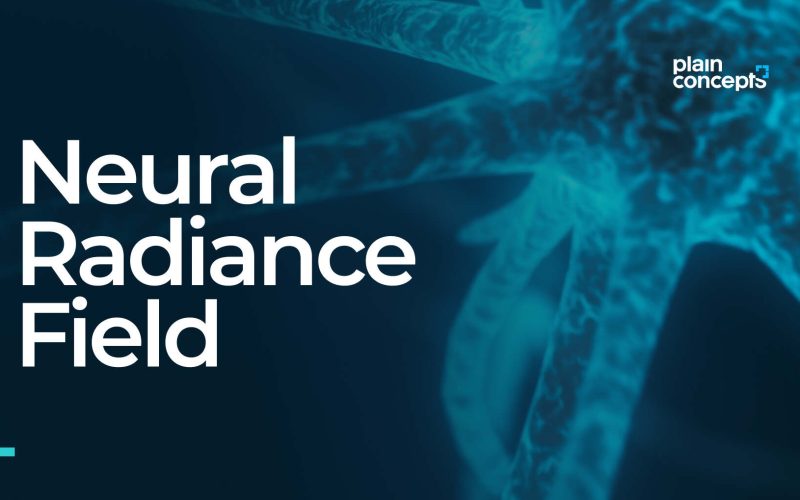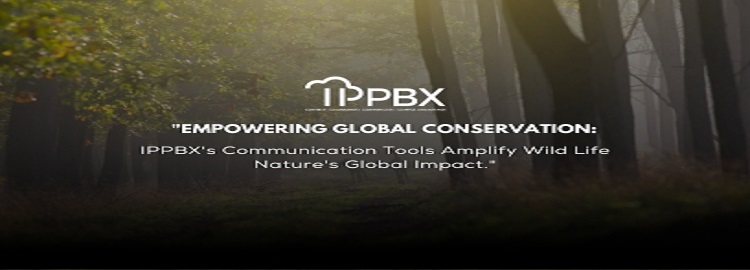Introduction
Imagine turning a handful of photos into a fully navigable 3D scene. That’s exactly what NeRF, or Neural Radiance Fields, makes possible. In simple terms, NeRF is a modern computer-vision method that learns how light interacts with objects in space. With just images taken from different angles, it can synthesize new viewpoints—like moving a virtual camera around a real scene. Since its debut in 2020, NeRF has sparked a wave of interest for its stunning photorealism and efficiency. In this guide, we’ll explain what NeRF is, how it works, its key applications, benefits and drawbacks, and where this exciting technology is headed.
What Is NeRF?
Neural Radiance Fields usually shortened to NeRF are computer-vision models that learn the color and light of a real scene from just a handful of ordinary photos. qq After training, the model behaves like a digital camera you can move anywhere: pan, tilt, or zoom, and it will paint a brand-new, photorealistic view that never existed before.
Where Did the Idea Come From?
NeRF burst onto the research stage in 2020 when a Google-led team showed crisp 3-D reconstructions of complex scenes using only a feed-forward neural network and classic volume rendering math. By early 2025, NeRF has grown from lab demo to hot startup territory, with ready-made tools for artists, game studios, and robotics firms.
How Does a Radiance Field Work?
Picture the scene as an invisible fog. Each point in that fog stores two values:
- Density: how much light the point blocks.
- Radiance: what color light it emits in every direction.
A NeRF network receives a 5-D coordinate three numbers for position (x, y, z) and two for viewing angle (θ, φ). It predicts density and radiance for that tiny spot. Because the entire chain is differentiable, gradient descent can tune the network so its renders match the real photos.
Key Ingredients
- Sparse Images: Usually 20–100 shots with known camera poses.
- A Multilayer Perceptron: Small enough to fit on a single GPU.
- Volume-Rendering Equation: Converts predictions to pixels, then compares them to the originals.
- Optimization Loop: Adjusts weights until the rendered and real images align.
Why Does NeRF Matter in 2025?
Traditional photogrammetry needs hundreds of pictures and still struggles with shiny or thin objects. NeRF often succeeds with far fewer images and keeps subtle lighting cues intact, making finished scenes look life like myndworkshop.com. Industry analysts now treat the method as a pillar of neural rendering, the broader push to let AI generate real-time 3-D content for VR, film, and robots. wired.com.
| Feature | Classic Photogrammetry | NeRF (Radiance Field) | Gaussian Splatting |
|---|---|---|---|
| Image Count Needed | 100–1,000 | 20–100 | 10–50 |
| Output | Mesh + textures | Continuous light field | Point-cloud sprites |
| Strength | Accurate geometry | Photorealistic lighting | Real-time playback |
| Weak Spot | Fuzzy reflections | Long training times | Lower visual detail |
| Best Use | CAD, surveying | Film, VR assets | Live XR demos |
Comparison data compiled from 2024–2025 technical reviews teleport.varjo.com
Real-World Uses of NeRF
1. Virtual Reality and Gaming
Studios scan real-world sets, cars, or props with NeRF, then drop them into engines like Unreal. Viewers wearing headsets can lean inches from a digital statue and still see correct parallax.
2. Film and VFX
Instead of building costly greenscreen sets, crews capture a location once, generate a radiance field, and shoot actors against LED volumes that show perfect lighting from every angle.
3. E-Commerce
Furniture retailers let customers walk around a sofa rendered by NeRF inside their living room, feeling confident about scale and fabric color.
4. Robotics and Mapping
Self-driving teams train robots in NeRF-based simulators that reproduce real street lighting from dawn to dusk, trimming expensive road miles.
5. Science and Space
Research groups even reconstruct asteroid surfaces from sparse probe images, helping mission planners test landing maneuvers.
Strengths and Limits
1. Strengths
- Photo realism: Captures soft shadows and reflections.
- Data efficiency: Fewer pictures than mesh pipelines.
- Continuous detail: Zoom close without pixelated textures.
- Compact storage: A scene lives inside small neural weights.
2. Limits
- Training time: Hours on a good GPU, though new methods cut this to minutes.
- Static assumption: Classic NeRF cannot handle moving people or swaying trees; separate “Dynamic NeRFs” tackle that with extra complexity.
- Compute at render: Real-time playback still needs a beefy graphics card or clever caching.
Tips for Beginners
1. Collect Good Photos
Use steady exposure and cover the object from every side. Overlap shots so the algorithm can understand depth. Avoid big lighting changes between frames.
2. Calibrate Cameras
NeRF needs precise poses. Free tools like COLMAP estimate them, or phone apps with AR-Core/AR-Kit capture both picture and position automatically.
3. Start Small
Begin with a tabletop item before jumping to room-scale scenes. You’ll master the workflow and spot mistakes sooner.
4. Mind the Background
Busy backgrounds confuse the network. Place small objects on a turntable against a plain wall or clamp a sheet behind them.
Beyond Photos: Audio and Smell?
Early experiments fuse NeRF with spatial audio so footsteps echo correctly when you move inside the scene. Some labs even model airflow to predict odor spread imagine virtual kitchens where recipes smell real.
Ethical and Privacy Notes
Scanning private spaces can capture personal items. Always get consent before publishing a radiance field of someone’s home or business. Because NeRF cleverly re-creates any viewpoint, it could reveal hidden corners the camera never saw.
Future Outlook
Analysts expect real-time NeRF on consumer phones within two years, driven by faster chips and smarter compression. When that happens, AR apps may swap today’s low-poly furniture previews for near-photographic renderings you can touch and move.
The field of neural radiance fields is moving rapidly. We can expect:
- Real-Time NeRF: On-device implementations for live 3D capture on smartphones or AR glasses.
- Integration with Robotics: Robots learning environments through quick NeRF scans for better navigation.
- Mass Adoption in Film & Gaming: Faster pipelines for creating virtual sets and in-game assets directly from real locations.
- Cross-Modal Extensions: Combining NeRF with audio, haptics, or semantic data for richer virtual experiences.
- Universal Scene Representations: Large-scale NeRF models that cover entire cities or buildings for mapping and simulation.
As compute power grows and algorithms improve, NeRF and its successors will become core tools across industries.
Conclusion
NeRF (Neural Radiance Fields) transforms ordinary photos into lifelike 3D scenes through a clever combination of neural networks and volume rendering. Its continuous radiance field model captures fine details, reflections, and view-dependent effects, making it ideal for virtual tours, film, AR/VR, and cultural heritage preservation. While challenges like long training times and dynamic scenes remain, rapid innovations such as Instant-NGP and dynamic NeRF variants are paving the way for real-time, on-device applications. Whether you’re a hobbyist or an industry professional, understanding NeRF’s power and limitations opens up a world of possibilities in 3D computer vision.
Neural Radiance Fields turn simple photos into living, explorable 3-D worlds. Ready to build your first radiance field? Download our free NeRF Starter Pack and follow step-by-step instructions to capture, train, and share stunning 3-D scenes today.











